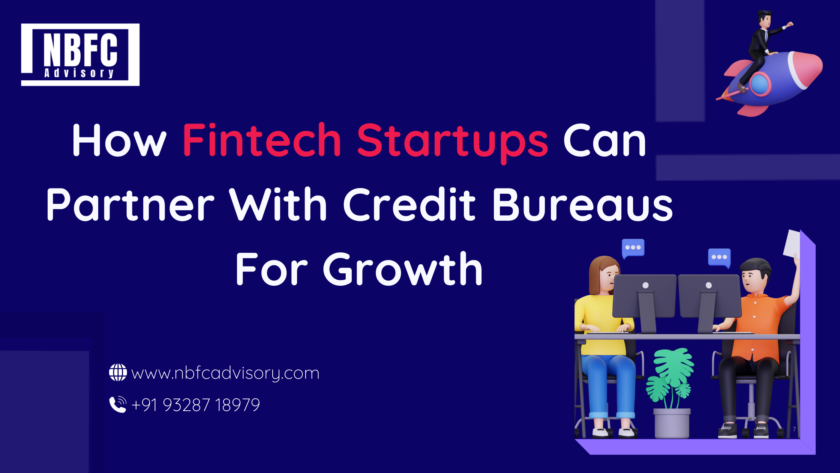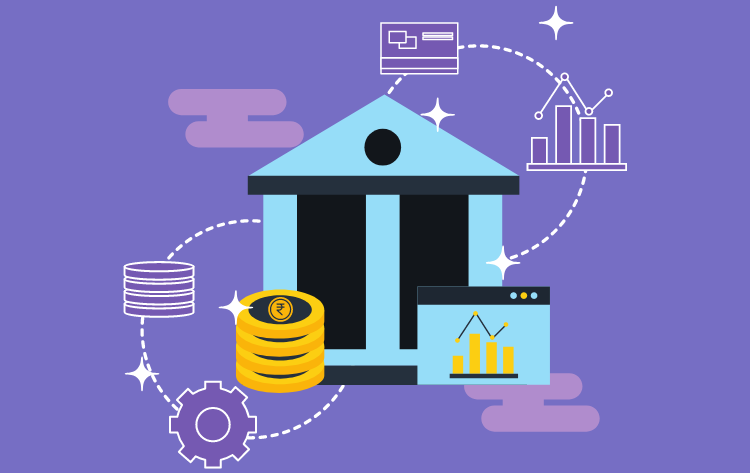Inside This Article
The fintech revolution is transforming how people access credit, loans, and financial services in India. With an increasing number of digital lending platforms, credit assessment and risk management have become critical for fintech startups. One of the most effective ways fintech companies can enhance their lending capabilities, reduce risk, and scale their…







